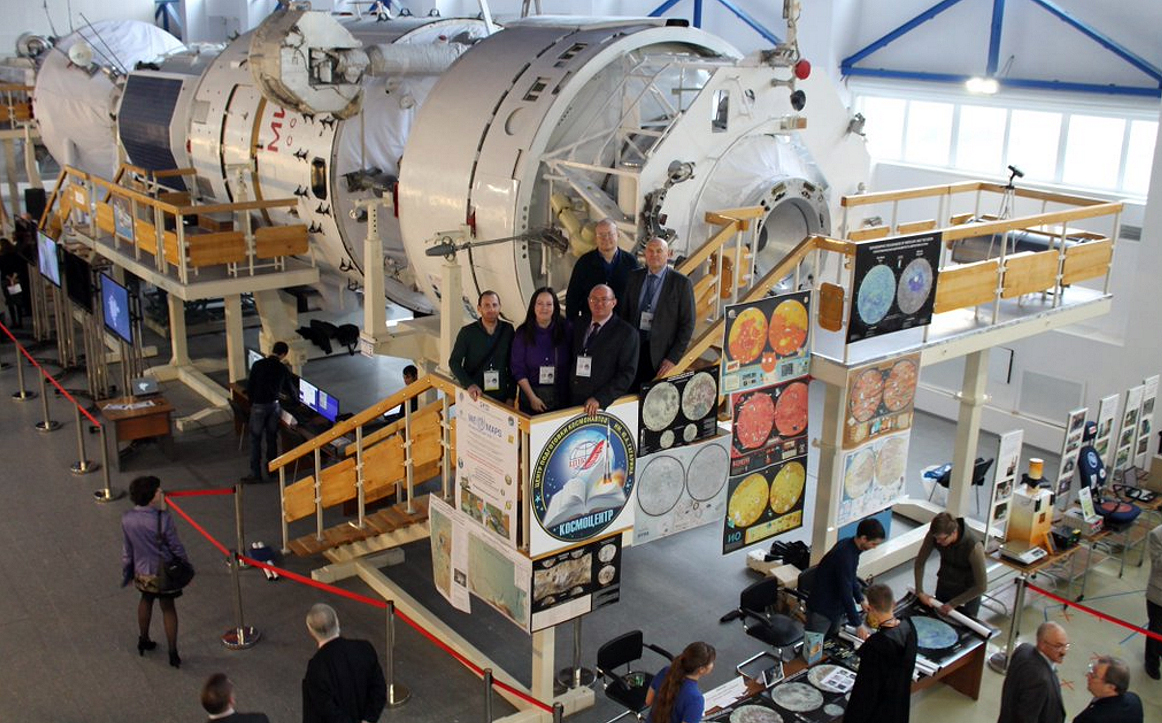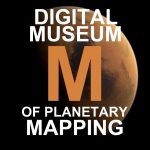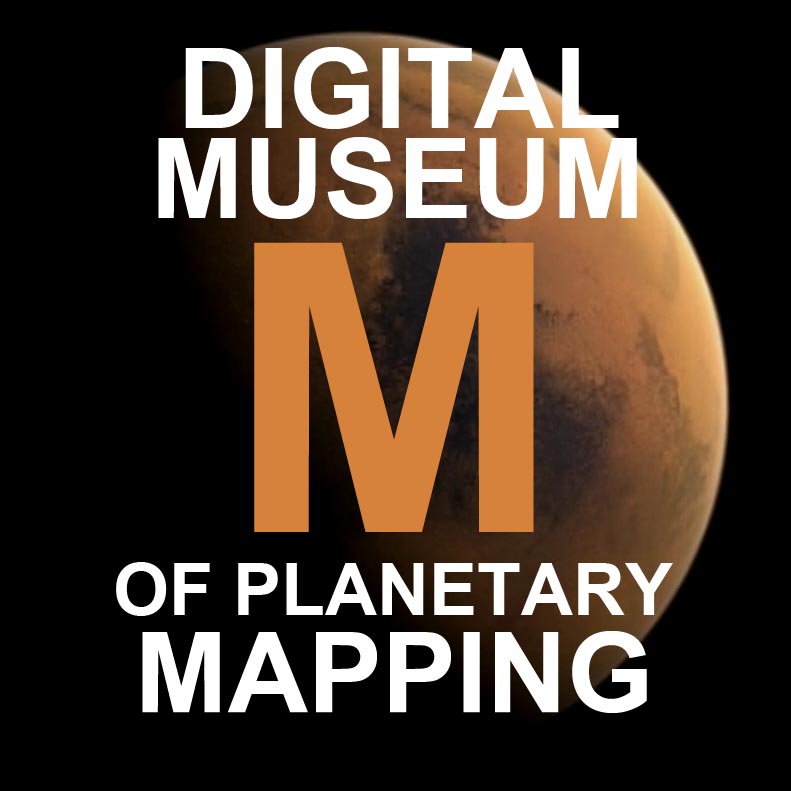Children’s Multilingual Planetary Maps
https://childrensmaps.wordpress.com
Map of Mars, Titan, Venus, Europa, Io, the Moon in Lambert Azimuthal Equal Area Projection.
Editor: Henrik Hargitai (Eötvös L. University, Budapest)
Graphic artists: András Baranyai, Csilla Gévai, László Herbszt, Csilla Kőszeghy, Panka Pásztohy and Dóri Sirály.
Technical review, English edition: Jim Zimbelman (Smithsonian Institution, National Air and Space Museum)
Supporters: Europlanet 2012 Outreach Funding Scheme, Paris Observatory, International Cartographic Association Commission on Planetary Cartography
The first editions of the map sheets were Published by Eötvös Loránd Tudományegyetem, Budapest in 2014.
Local editions
French edition: Thierry Feuillet (Laboratoire LETG-Nantes-Géolittomer, UMR 6554, CNRS, France)
German edition: Tamás Mikes.
Hungarian edition: Henrik Hargitai (Eötvös Loránd Tudományegyetem, Budapest)
Italian edition: Lucia Marinangeli (Universita’ d’Annunzio, Chieti)
Polish edition: Krzysztof Dębniak (Institute of Geological Sciences, Polish Academy of Sciences, Wrocław, Poland), copy editors: Marcin Ból, Jakub Dębniak, Dominika Skiba (University of Wrocław, Poland)
Portuguese edition: Teresa Barata (Center of Geophsysics of University of Coimbra)
Romani edition: Melinda Vajda, Balázs Farkas, Melinda Rézműves
Romanian edition: Alexandru Szakács (Universitatea Sapientia, Cluj-Napoca, Romania)
Russian edition: Жанна Родионова, Государственный астрономический институт им. П. К. Штернберга Московского государственного университета им. М. В. Ломоносова, Владимир Сурдин, Государственный астрономический институт им. П. К. Штернберга Московского государственного университета им. М. В. Ломоносова
Spanish edition: Iván López (Universidad Rey Juan Carlos).

The Russian version of the series exhibited next to the MIR Space Station at Zvyozdny gorodok during the Exhibit devoted to the 45-year anniversary of the Lunokhod-1, in 2015. Source: MExLab, MIIGAiK.
References
- PLANETARY MAP SERIES FOR CHILDREN. LPSC, 2015
- Multilingual Narrative Planetary Maps for Children. Springer.

